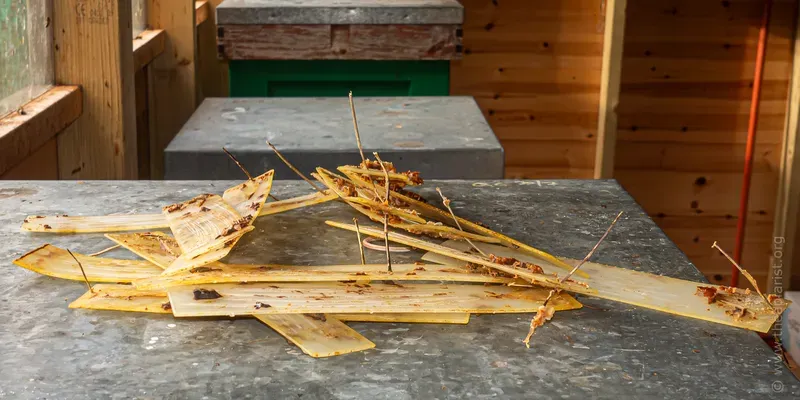Amitraz resistance

If I used AI-generated post titles, this week's offering would have been called something like "Ten things you need to know about mite treatment" or "What Vita-Pharma doesn't tell you about Apivar".
But I don't. Instead, you're left with the slightly underwhelming title I chose at 1 am this morning. It's unlikely to generate huge amounts of traffic, so my advertising revenue will be down again {{1}}, but it is a bit more accurate.
Firstly, there probably aren't ten things I'm going to discuss, and they're certainly not going to be about generic aspects of mite treatment. Instead, I'm going to write specifically about amitraz, the active ingredient of Apivar, with passing reference to the pyrethroid miticides (e.g. Apistan) for comparison.
Secondly, Vita-Pharma have told you about them, as they funded at least some of the research, the results are freely available and have recently been published. However, you probably haven't seen the results as they are in a relatively obscure scientific paper and are presented in an impenetrable interesting series of tables that don't make for easy reading.
Rational Varroa control
The Varroa mite, and the viruses it transmits when feeding on developing pupae, remains the greatest threat to honey bees and beekeeping. Although there is increasing evidence that Varroa-tolerant strains of honey bees do exist, the reality is that the majority of the 20-40% of annual colonies lost are probably due to Varroa and mite-transmitted viruses.

This means that, for the majority of beekeepers, preventing the mite population from reaching damaging levels is critical, and this is most-easily achieved by the appropriate application of miticides.
The fact that losses are so high means that many beekeepers fail to achieve this.
Most-easily does not mean it is necessarily easy.
Appropriate means the right miticide at the right time (get either wrong and the treatment will be less effective) which I have discussed previously in Rational Varroa control.
Today I'm going to focus solely on one miticide, how resistance occurs, some oddities of the resistance (and my guess as to why these are seen), and how resistance can probably be avoided.